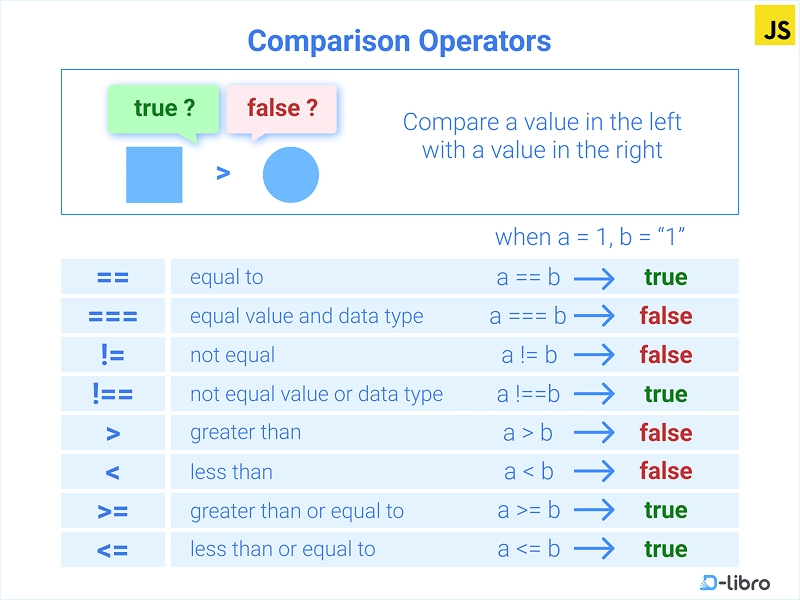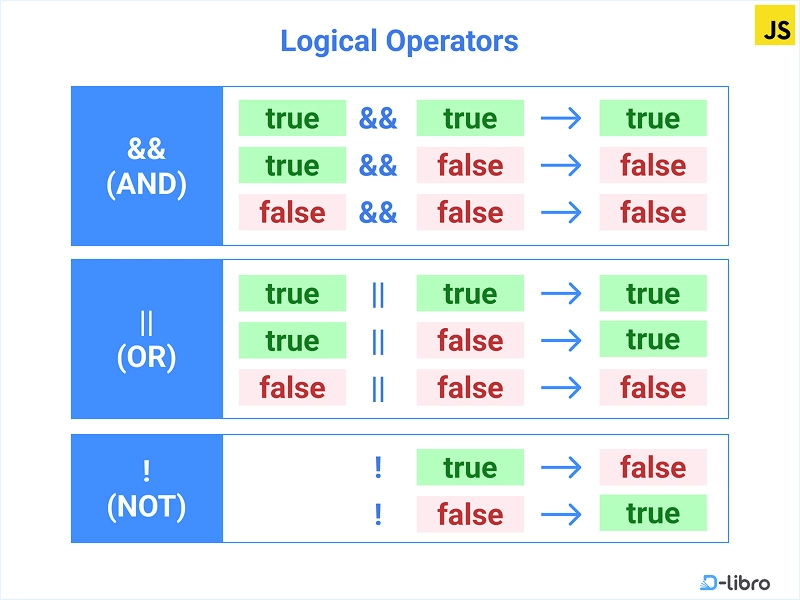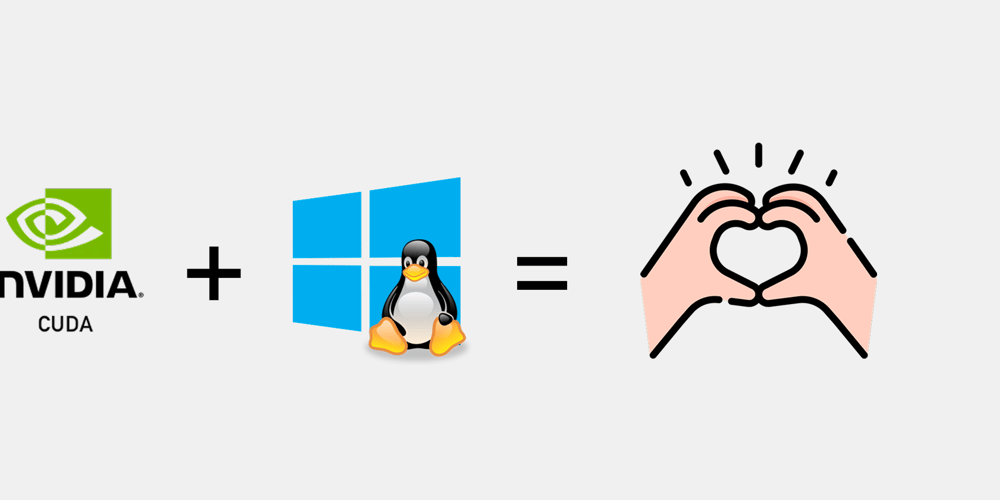Mastering JavaScript Operators (Without Getting Overwhelmed)
JavaScript has a lot going on under the hood. But if there’s one area that every beginner should get a firm grip on early, it’s operators. They might not seem exciting at first glance. Plus signs, equal signs, question marks? Not exactly headline material. But once you understand how operators work, you’ll unlock a powerful set of tools that help you calculate, compare, assign, and even control the flow of your code — all with just a few characters. In this post, we’ll walk through the key operator types in JavaScript and show you how to use them with confidence. Whether you’re adding numbers, checking conditions, or using newer syntax like ?? or ?., this guide will help you build that crucial muscle. Let’s start with the basics. What are ‘Operators’? If you’ve written something like x = x + 1, you’ve already used a JavaScript operator. They show up in almost every line of code — whether you’re doing a quick calculation, making a comparison, or updating a value. What many beginners don’t realize is that JavaScript keeps adding new kinds of operators over time. Some of them, like ?. (optional chaining) or ?? (nullish coalescing), are designed to help you write cleaner, more reliable code — especially when you’re working with data that might be missing or undefined. You don’t need to learn those right away. What’s more important is building a solid foundation with the basics — things like math, assignments, and comparisons. Once you feel comfortable with those, the newer features will be much easier to pick up when you need them. Arithmetic Operators: doing math These are the first operators most people learn — and for good reason. They let you do simple math in your code: let sum = 5 + 3; // 8 let difference = 10–4; // 6 let product = 6 * 7; // 42 let quotient = 8 / 2; // 4 let remainder = 10 % 3; // 1 let power = 2 ** 3; // 8 Arithmetic operators are essential for everything from form input to game mechanics. The + Operator: numbers or strings? The + operator is a bit of a shape-shifter in JavaScript. Use it with numbers, and it adds. Use it with strings, and it joins them together. 5 + 5 // 10 "Hello" + "!" // "Hello!" But combine a number and a string? 5 + "5" // "55" (string) JavaScript treats the number like a string and sticks them together. It’s called type coercion — and it’s a good reason to double-check your variable types when using +. ++ and — : shortcuts that add (or subtract) 1 Want to increase a value by one? Use ++. Decrease it? Use — . You’ll see these a lot in loops. let count = 1; count++; // count is now 2 There’s a twist, though. These operators come in prefix and postfix forms: let a = 5; let b = a++; // b = 5, a = 6 let x = 5; let y = ++x; // x = 6, y = 6 Postfix returns the value before the change; prefix returns it after. This becomes important in more complex expressions. Assignment Operators: more than just ‘=’ At its core, = assigns a value. But JavaScript also lets you combine assignment with operations. let score = 10; score += 5; // Same as: score = score + 5 score *= 2; // Multiplies score by 2 These shortcuts make your code tighter — and easier to follow once you know what to look for. Comparison Operators: making decisions These operators return true or false. You’ll use them in every if statement and loop condition. 5 === 5 // true 5 !== "5" // true 10 > 5 // true Use === and !== over == and != to avoid unwanted type conversions. It’s a small change that can save a lot of debugging. Conditional (Ternary) Operators: one line, two outcomes This one’s a favorite for quick decisions: let age = 20; let status = age >= 18 ? "Adult" : "Minor"; It reads: “If age is 18 or more, return ‘Adult’; otherwise, return ‘Minor’.” Just don’t over-nest them. Simplicity wins. Logical Operators: combining conditions When one condition isn’t enough, logical operators help: && (AND): Both must be true || (OR): At least one must be true ! (NOT): Reverses the condition let isMember = true; let hasAccess = isMember && age >= 18; They’re essential when your code needs to respond to multiple factors at once. Logical Assignment: a cleaner way to check and set JavaScript now lets you combine logical checks and assignments in one line: user.name ||= "Guest"; // Set if falsy settings.apiKey ??= "none"; // Set if null or undefined isAdmin &&= true; // Set only if already truthy It’s a modern way to reduce code clutter while still being clear about your intent. Nullish Coalescing (??): a smarter default This operator provides a fallback only if the first value is null or undefined. let value = input ?? "default"; It won’t trigger on empty strings or 0 — which makes it more precise than || in many cases. Optional Chaining (?.): avoid errors on missing data Need to acce
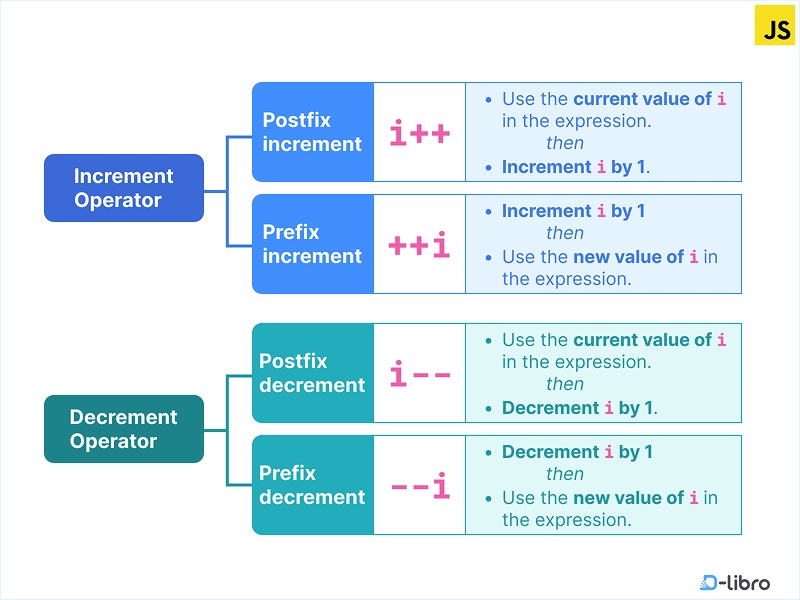
JavaScript has a lot going on under the hood. But if there’s one area that every beginner should get a firm grip on early, it’s operators.
They might not seem exciting at first glance. Plus signs, equal signs, question marks? Not exactly headline material. But once you understand how operators work, you’ll unlock a powerful set of tools that help you calculate, compare, assign, and even control the flow of your code — all with just a few characters.
In this post, we’ll walk through the key operator types in JavaScript and show you how to use them with confidence. Whether you’re adding numbers, checking conditions, or using newer syntax like ?? or ?., this guide will help you build that crucial muscle.
Let’s start with the basics.
What are ‘Operators’?
If you’ve written something like x = x + 1, you’ve already used a JavaScript operator. They show up in almost every line of code — whether you’re doing a quick calculation, making a comparison, or updating a value.
What many beginners don’t realize is that JavaScript keeps adding new kinds of operators over time. Some of them, like ?. (optional chaining) or ?? (nullish coalescing), are designed to help you write cleaner, more reliable code — especially when you’re working with data that might be missing or undefined.
You don’t need to learn those right away. What’s more important is building a solid foundation with the basics — things like math, assignments, and comparisons. Once you feel comfortable with those, the newer features will be much easier to pick up when you need them.
Arithmetic Operators: doing math
These are the first operators most people learn — and for good reason. They let you do simple math in your code:
let sum = 5 + 3; // 8
let difference = 10–4; // 6
let product = 6 * 7; // 42
let quotient = 8 / 2; // 4
let remainder = 10 % 3; // 1
let power = 2 ** 3; // 8
Arithmetic operators are essential for everything from form input to game mechanics.
The + Operator: numbers or strings?
The + operator is a bit of a shape-shifter in JavaScript. Use it with numbers, and it adds. Use it with strings, and it joins them together.
5 + 5 // 10
"Hello" + "!" // "Hello!"
But combine a number and a string?
5 + "5" // "55" (string)
JavaScript treats the number like a string and sticks them together. It’s called type coercion — and it’s a good reason to double-check your variable types when using +.
++ and — : shortcuts that add (or subtract) 1
Want to increase a value by one? Use ++. Decrease it? Use — . You’ll see these a lot in loops.
let count = 1;
count++; // count is now 2
There’s a twist, though. These operators come in prefix and postfix forms:
let a = 5;
let b = a++; // b = 5, a = 6
let x = 5;
let y = ++x; // x = 6, y = 6
Postfix returns the value before the change; prefix returns it after. This becomes important in more complex expressions.
Assignment Operators: more than just ‘=’
At its core, = assigns a value. But JavaScript also lets you combine assignment with operations.
let score = 10;
score += 5; // Same as: score = score + 5
score *= 2; // Multiplies score by 2
These shortcuts make your code tighter — and easier to follow once you know what to look for.
Comparison Operators: making decisions
These operators return true or false. You’ll use them in every if statement and loop condition.
5 === 5 // true
5 !== "5" // true
10 > 5 // true
Use === and !== over == and != to avoid unwanted type conversions. It’s a small change that can save a lot of debugging.
Conditional (Ternary) Operators: one line, two outcomes
This one’s a favorite for quick decisions:
let age = 20;
let status = age >= 18 ? "Adult" : "Minor";
It reads: “If age is 18 or more, return ‘Adult’; otherwise, return ‘Minor’.” Just don’t over-nest them. Simplicity wins.
Logical Operators: combining conditions
When one condition isn’t enough, logical operators help:
&& (AND): Both must be true
|| (OR): At least one must be true
! (NOT): Reverses the condition
let isMember = true;
let hasAccess = isMember && age >= 18;
They’re essential when your code needs to respond to multiple factors at once.
Logical Assignment: a cleaner way to check and set
JavaScript now lets you combine logical checks and assignments in one line:
user.name ||= "Guest"; // Set if falsy
settings.apiKey ??= "none"; // Set if null or undefined
isAdmin &&= true; // Set only if already truthy
It’s a modern way to reduce code clutter while still being clear about your intent.
Nullish Coalescing (??): a smarter default
This operator provides a fallback only if the first value is null or undefined.
let value = input ?? "default";
It won’t trigger on empty strings or 0 — which makes it more precise than || in many cases.
Optional Chaining (?.): avoid errors on missing data
Need to access a property deep in an object, but not sure if the middle parts exist?
let name = user?.profile?.firstName;
If any part is undefined, it won’t throw an error — it just returns undefined. It’s perfect for working with optional data like API responses.
Spread and Rest: one syntax, two uses
The three dots (…) serve two purposes depending on context:
Spread: Expands arrays or objects
Rest Parameter: Collects remaining values
// Spread
let copy = […original];
// Rest
function sum(…numbers) {
return numbers.reduce((a, b) => a + b);
}
This syntax is everywhere in modern JavaScript, especially in frameworks like React.
Don’t try to memorize — try to use
With so many operators, it’s easy to feel overwhelmed. But you don’t need to memorize them all. Focus on the ones you’re using right now. The rest will make more sense as your projects grow.
Start with arithmetic and comparison operators. Then move into assignment, logical checks, and ternaries. Eventually, features like optional chaining and nullish coalescing will feel just as natural.
As with most things in JavaScript, the best way to learn is by building. Try writing small scripts that use different operators. Break them. Fix them. See what happens. That’s where the real learning happens.
This article is a summary of “Learn JavaScript with AI — A Smarter Way to Code” by D-Libro.












































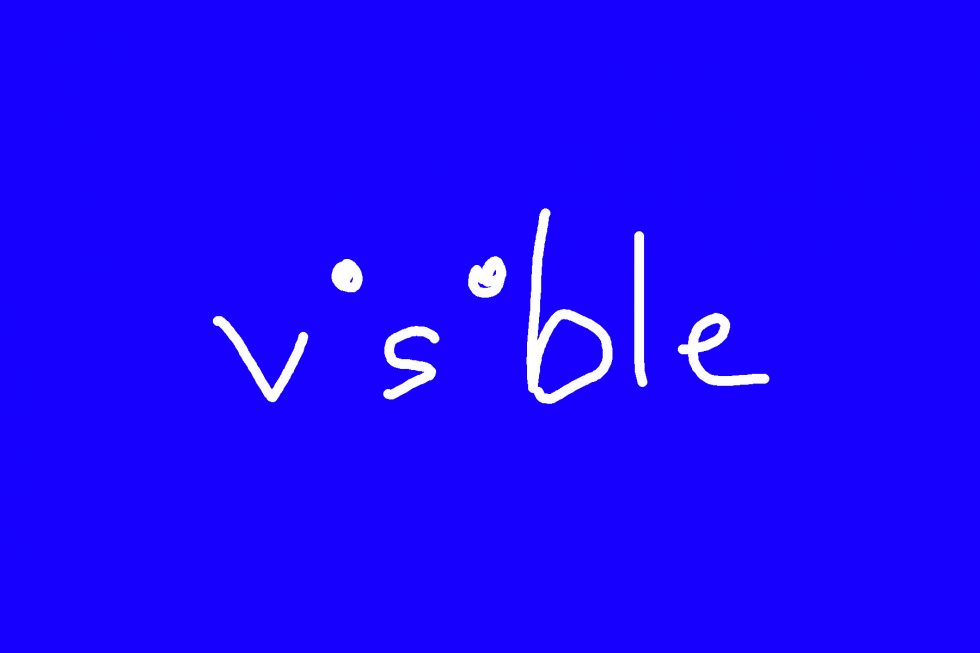



















![Nomad Goods Launches 15% Sitewide Sale for 48 Hours Only [Deal]](https://www.iclarified.com/images/news/96899/96899/96899-640.jpg)


![Apple Watch Series 10 Prototype with Mystery Sensor Surfaces [Images]](https://www.iclarified.com/images/news/96892/96892/96892-640.jpg)


















![watchOS 11.4 now available with three new features for Apple Watch [U: Back]](https://i0.wp.com/9to5mac.com/wp-content/uploads/sites/6/2025/01/watchOS-11.4-hero.jpg?resize=1200%2C628&quality=82&strip=all&ssl=1)




































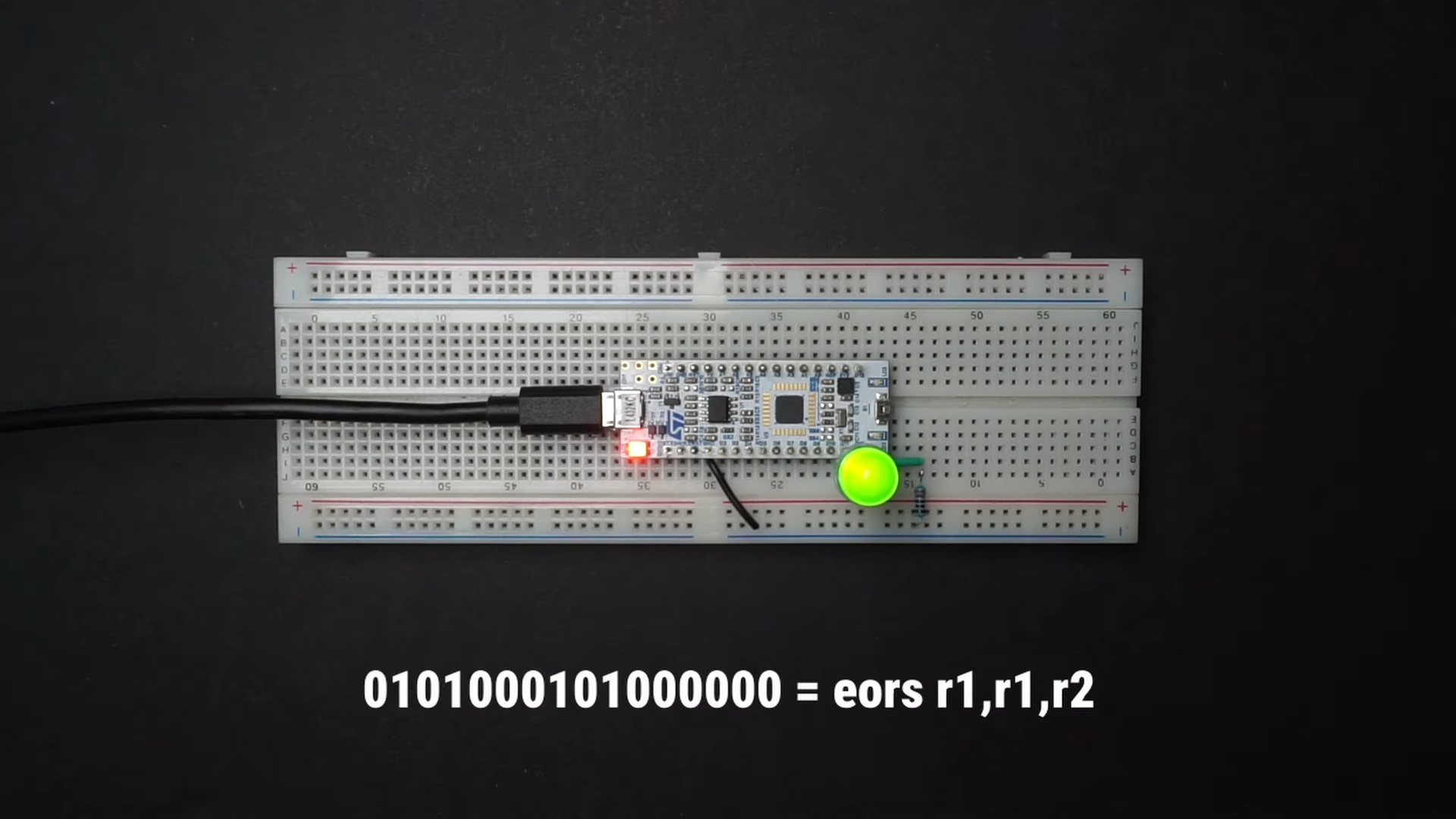
































































































































![[The AI Show Episode 142]: ChatGPT’s New Image Generator, Studio Ghibli Craze and Backlash, Gemini 2.5, OpenAI Academy, 4o Updates, Vibe Marketing & xAI Acquires X](https://www.marketingaiinstitute.com/hubfs/ep%20142%20cover.png)













































































































![Is this a suitable approach to architect a flutter app? [closed]](https://i.sstatic.net/4hMHGb1L.png)

















![From broke musician to working dev. How college drop-out Ryan Furrer taught himself to code [Podcast #166]](https://cdn.hashnode.com/res/hashnode/image/upload/v1743189826063/2080cde4-6fc0-46fb-b98d-b3d59841e8c4.png?#)
































-1280x720.jpg?width=1920&height=1920&fit=bounds&quality=80&format=jpg&auto=webp#)






















































